PPT-Simplified patterning of Mo/Cu transition edge
Author : rivernescafe | Published Date : 2020-06-15
sensors D McCammon F T Jaeckel K Nelms CV Ambarish A Roy University of Wisconsin Madison 1150 University Avenue Madison 53706 USA 1 Introduction 2 Design Specifications
Presentation Embed Code
Download Presentation
Download Presentation The PPT/PDF document "Simplified patterning of Mo/Cu transitio..." is the property of its rightful owner. Permission is granted to download and print the materials on this website for personal, non-commercial use only, and to display it on your personal computer provided you do not modify the materials and that you retain all copyright notices contained in the materials. By downloading content from our website, you accept the terms of this agreement.
Simplified patterning of Mo/Cu transition edge: Transcript
Download Rules Of Document
"Simplified patterning of Mo/Cu transition edge"The content belongs to its owner. You may download and print it for personal use, without modification, and keep all copyright notices. By downloading, you agree to these terms.
Related Documents

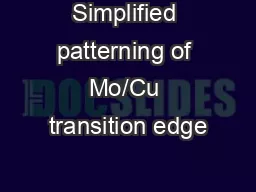
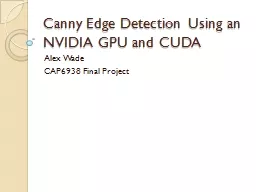
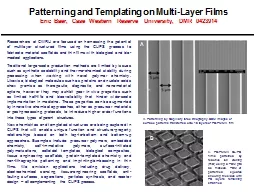




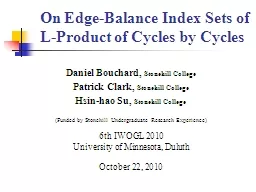




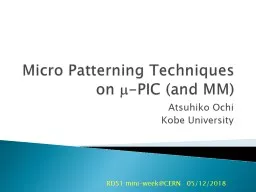
![READ [PDF] HIPAA Privacy and Security Compliance - Simplified: Practical Guide for](https://thumbs.docslides.com/1020220/read-pdf-hipaa-privacy-and-security-compliance-simplified-practical-guide-for.jpg)